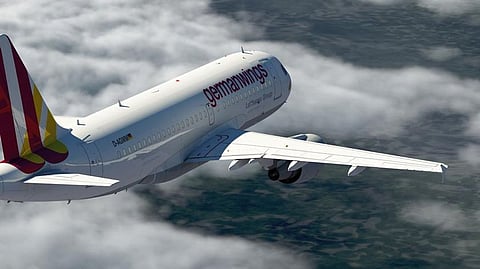According to the announcement, Captain Patrick Sonderheimer, had left for a toilet break, and when he returned and knocked on the cockpit door, Lubitz refused to open it. And instead, he took Airbus A320 plane steadily downwards at 3,000 feet per minute, until it crashed it into the Alpine ravine. Robin said Lubitz had "a willingness to destroy the aircraft." Shortly after Robin's press briefing, Lufthansa CEO Carten Spohr and the German Transportation Minister each said that based on his account, they had concluded that Lubitz deliberately crashed the plane.


